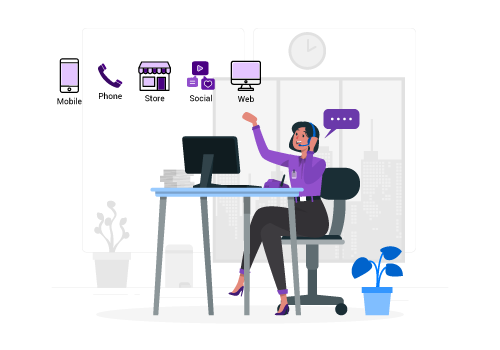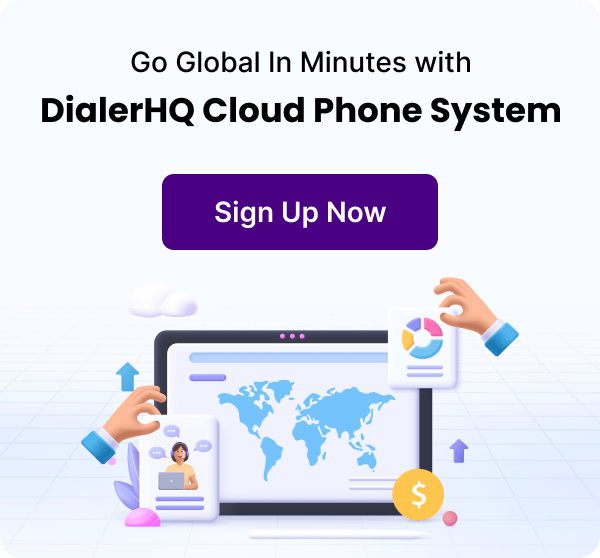Senior Writer: Paras Kela
Businesses are facing the challenge of providing exceptional customer service and support across multiple communication channels. Customers expect seamless interactions, quick resolutions, and the ability to engage with companies through their preferred channels. In fact, approximately 70% of customers are irritated when their call gets transferred from one department to another.
This has led to the rise of multichannel contact centers, which serve as the hub for managing customer communications through multiple digital channels such as phone, SMS texting, email, web chat, social media, and video conferencing.
A multichannel contact center enables businesses to meet customers where they are, offering flexibility and convenience in communication. By embracing multiple channels, companies can reach a broader audience and cater to the diverse preferences of their customer base. Whether a traditional phone call, a quick message through a chat platform, or a public inquiry on social media, multichannel contact centers empower businesses to provide timely and effective support.

"To build lasting connections with your prospects, it’s crucial to implement multichannel communication approach. This can help you tap into different target markets and explore better opportunities. Moreover, with multichannel contact center, you can cater to your customer’s specific needs."
What is a Multichannel Contact Center?
A multi-channel contact center is a customer service operation that allows customers to interact with a company through multiple communication channels. These channels include phone conversations, emails, live chats, social media sites, SMS/text messages, and even video calls.
A multichannel contact center’s main objective is to give consumers the freedom to select their preferred communication channel when they need support or help. Companies may respond to unique client preferences and create a smooth experience across numerous touchpoints by providing a variety of channels.
What Does Multichannel Contact Center Do?
A multichannel contact center performs several functions to handle customer interactions across various communication channels. Here are some key activities and tasks a multichannel contact center typically performs –

1. Channel Management
The contact center manages and supports multiple communication channels, such as phone calls, emails, live chat, social media platforms, SMS/text messages, and video calls. It ensures that each channel is properly set up, staffed, and monitored.
2. Customer Inquiries and Issue Resolution

Agents in the contact center handle customer inquiries, requests, and issues across different channels. They provide information, address concerns, troubleshoot problems, and strive to resolve customer issues effectively and efficiently.
3. Omnichannel Support
The contact center aims to provide an omnichannel experience, allowing customers to seamlessly switch between channels while maintaining the context of their interactions to improve customer retention. This means that customers can start a conversation on one channel and continue it on another without repeating information.
4. Ticket Management
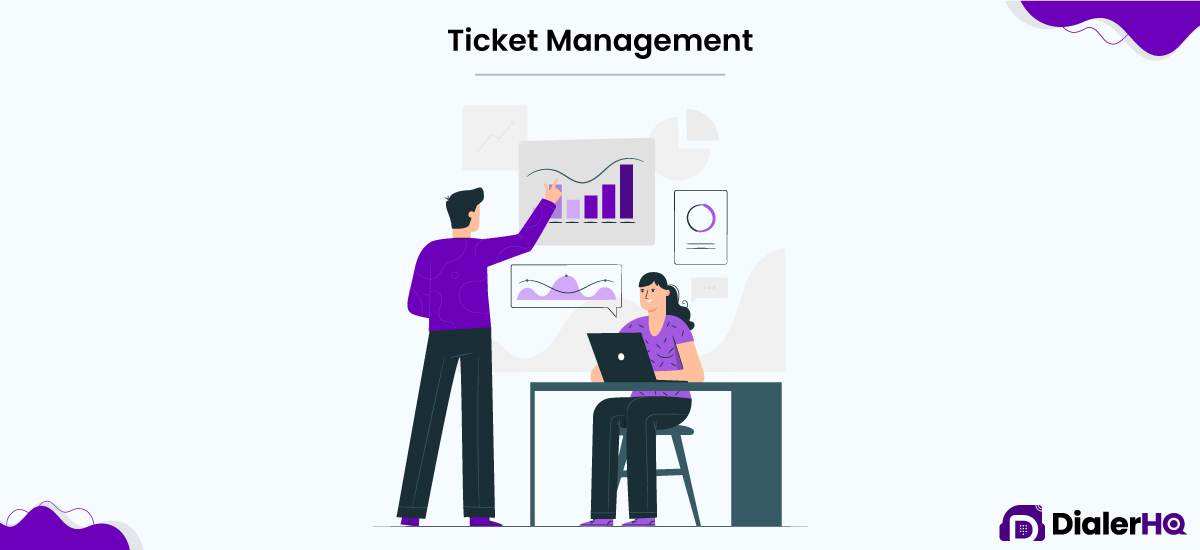
The contact center employs ticketing systems to track and manage customer inquiries. Each interaction is assigned a unique ticket, enabling agents to have a comprehensive view of the customer’s history and ensuring that no inquiries are overlooked.
5. Response and Resolution Time Management
The contact center monitors response and resolution times across different channels. It strives to provide timely and efficient support to customers, ensuring that inquiries are addressed within defined service level agreements (SLAs).
6. Escalation and Collaboration
When complex issues arise or require specialized assistance, the contact center facilitates the escalation process. Agents collaborate with other teams or departments within the organization to ensure that customer issues are resolved effectively.
7. Customer Relationship Management (CRM) Integration
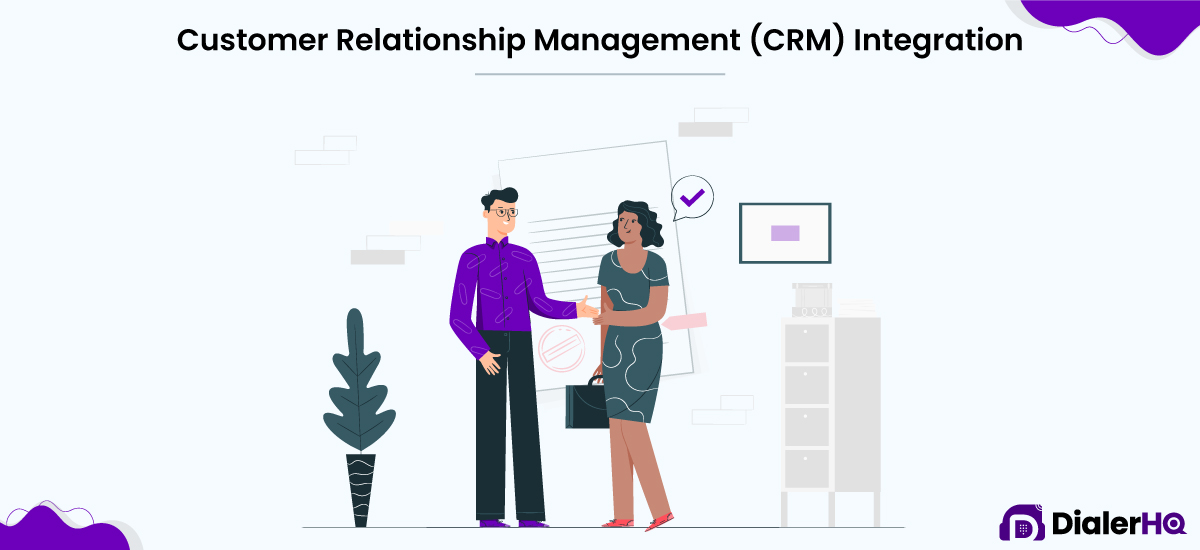
The contact center often integrates with CRM systems to access customer data and provide a personalized experience. Agents can view customer profiles, interaction history, and relevant information to enhance the quality of service.
A multichannel call center handles customer interactions across various channels, provides support and issue resolution, manages tickets, integrates with CRM systems, monitors performance, and aims to continuously improve exceptional customer service.
What is the Difference Between a Multichannel and Omnichannel Contact Center?
While both multichannel and omnichannel contact centers involve handling customer interactions across multiple communication channels, there are key differences between the two approaches –
| Features | Multichannel contact center | Omnichannel contact center |
|---|---|---|
| Channel Integration | Channels operate independently, with limited or no synchronization | Channels are integrated, providing a seamless experience as customers switch between them |
| Customer Experience Continuity | Experience may vary across channels, potential repetition of information | Consistent and cohesive experience across channels, context maintained during channel switches |
| Communication Flexibility | Customers can choose their preferred channel | Customers can switch between channels without losing continuity |
| Focus on Customer Journeys | Focus on managing interactions within individual channels | Focus on providing a connected experience throughout the customer journey |
1. Channel Integration
In a multichannel contact center, each communication channel operates independently. Customers can choose their preferred channel, but there may not be integration or synchronization between channels. Conversations and customer data may not seamlessly transfer from one channel to another, potentially leading to disjointed customer experiences.
In contrast, an omnichannel contact center focuses on channel integration. It aims to provide a seamless and consistent experience as customers switch between different channels. The interactions are interconnected, allowing customers to transition between channels while maintaining context. Customer data and conversation history are shared across channels, enabling a more personalized and efficient experience.
2. Customer Experience Continuity
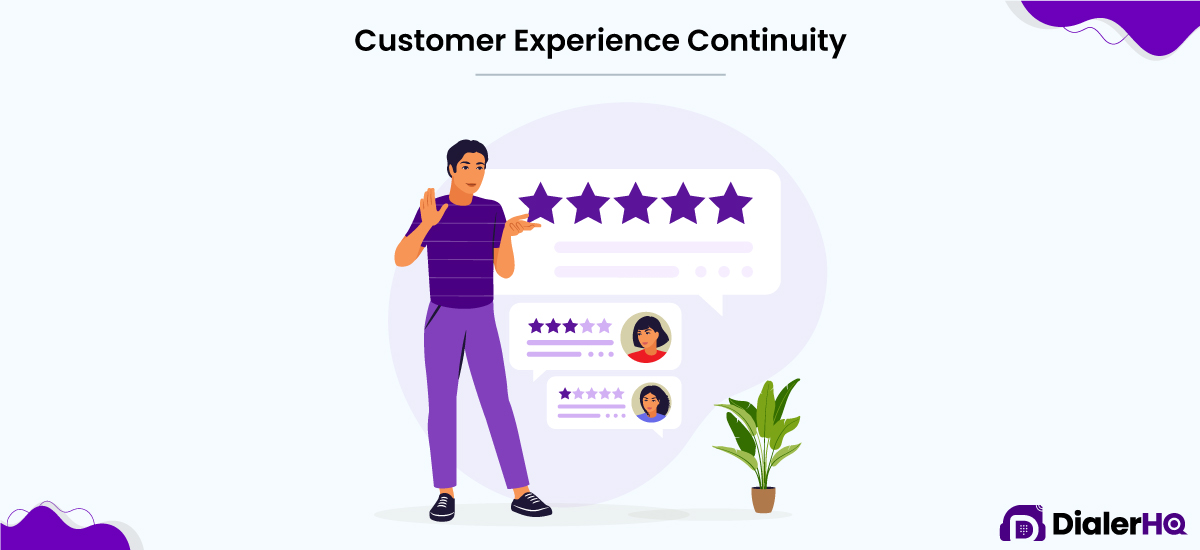
In a multichannel contact center, the customer experience may vary depending on the chosen channel. Customers may need to repeat information when switching between channels, leading to frustration and inefficiency. The focus is on providing individual channel support rather than a holistic experience.
In an omnichannel contact center, the emphasis is on delivering a continuous and cohesive customer experience. Regardless of the channel used, customers can expect a consistent level of service, and the context of their interactions is maintained. Agents have a complete view of the customer’s history and can pick up where the previous channel left off, providing a more seamless and personalized experience.
3. Communication Flexibility

When it comes to multichannel contact center, customers have the option to choose their preferred channel for communication. Depending on their convenience or preference, they can select from various channels like phone calls, emails, or live chat.
In an omnichannel contact center, customers also have the flexibility to choose their communication channel. However, the key difference is that they can switch between channels seamlessly without losing continuity. For example, a customer may initiate a conversation through live chat and then switch to a phone call without repeating information or starting from scratch.
4. Focus on Customer Journeys
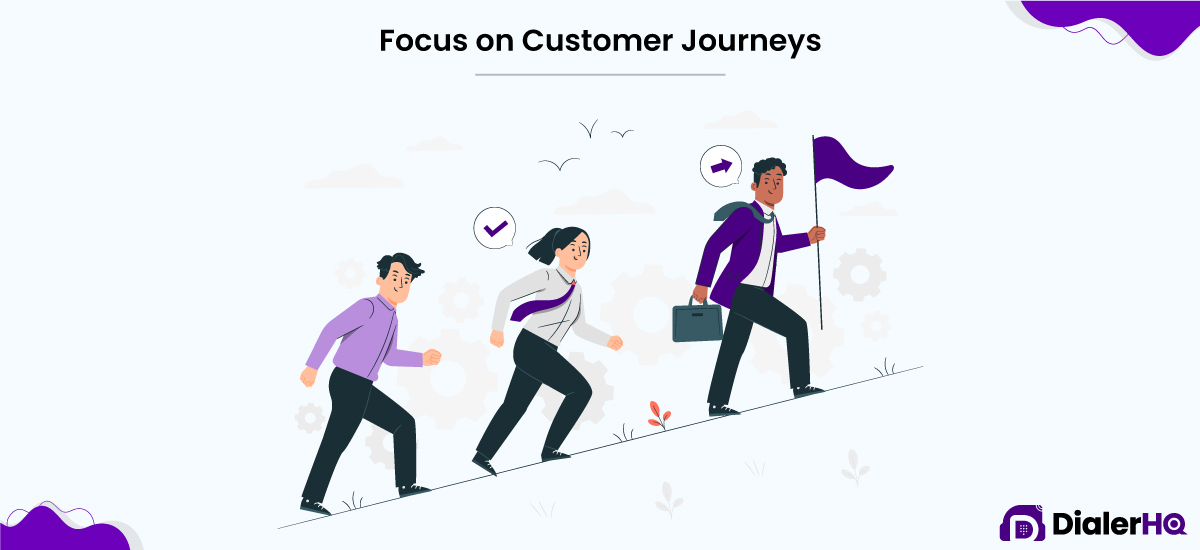
A multichannel contact center typically manages customer interactions on individual channels. The focus is primarily on handling customer inquiries and resolving issues within each channel independently.
An omnichannel contact center takes a broader perspective by considering the customer journey as a whole. It recognizes that customers may interact through multiple channels throughout their journey and aims to provide a consistent and connected experience across all touchpoints. The focus is understanding the customer’s overall experience and delivering a seamless journey across channels.
In summary, while multichannel and omnichannel contact centers involve multiple channels, the key distinction lies in the level of integration, continuity of customer experience, communication flexibility, and focus on the overall customer journey. An omnichannel approach aims to provide a unified and consistent experience, while a multichannel approach primarily focuses on supporting customers through individual channels.
What are the Pros and Cons of a Multichannel Contact Center?
A multichannel contact center offers several advantages and disadvantages. Here are some pros and cons to consider –
1. Pros of a Multichannel Contact Center
- Channel Diversity – Customers can choose their preferred communication channel, allowing them to engage with the company through their preferred method.
- Increased Reach – By offering multiple channels, a multichannel contact center can reach a wider customer base, catering to customers who prefer different communication methods.
- Improved Customer Satisfaction – Providing customers the option to contact the company through their preferred channel can enhance their satisfaction and overall experience.
- Enhanced Efficiency – Agents can handle multiple interactions simultaneously, increasing productivity and reducing customer wait times.
- Better Issue Resolution – Different communication channels provide opportunities to address customer issues more effectively. For example, email validation ensures the reliability of information exchanged via email communication, while phone calls can resolve urgent matters.
2. Cons of a Multichannel Contact Center
- Channel Management Complexity – Managing multiple channels can be challenging, requiring additional resources and technology infrastructure.
- Potential Disconnected Experience – If channels are not properly integrated, customers may face a disjointed experience when switching between channels. This can lead to frustration and a decline in customer satisfaction.
- Training and Skill Requirements – Agents need to be trained to handle various communication channels effectively, which may require additional time and resources.
- Higher Support Costs – Maintaining multiple channels can increase operational costs, including technology investments, staffing, and ongoing maintenance.
- Difficulty in Consistent Service Delivery – Providing consistent service and information across different channels can be challenging, as agents may have different levels of expertise or access to customer data.
It’s important to note that while a multichannel contact center has its advantages and disadvantages, proper planning, integration, and training can help mitigate challenges and ensure a positive customer experience. Additionally, advancements in technology and adopting an omnichannel approach can address some of the limitations of a traditional multichannel contact center.
Multichannel Contact Center Channels
A multichannel contact center incorporates various communication channels to cater to diverse customer preferences and needs. Here’s a detailed overview of some common channels found in a multichannel contact center –

1. Phone (VoIP Telephony)
The phone channel remains a widely used communication method. In a multichannel contact center, Voice over Internet Protocol (VoIP) telephony is commonly employed. It allows customers to connect with agents via voice calls over the internet. This channel enables real-time, interactive conversations where customers can seek assistance, ask questions, or resolve issues.
2. SMS Texting
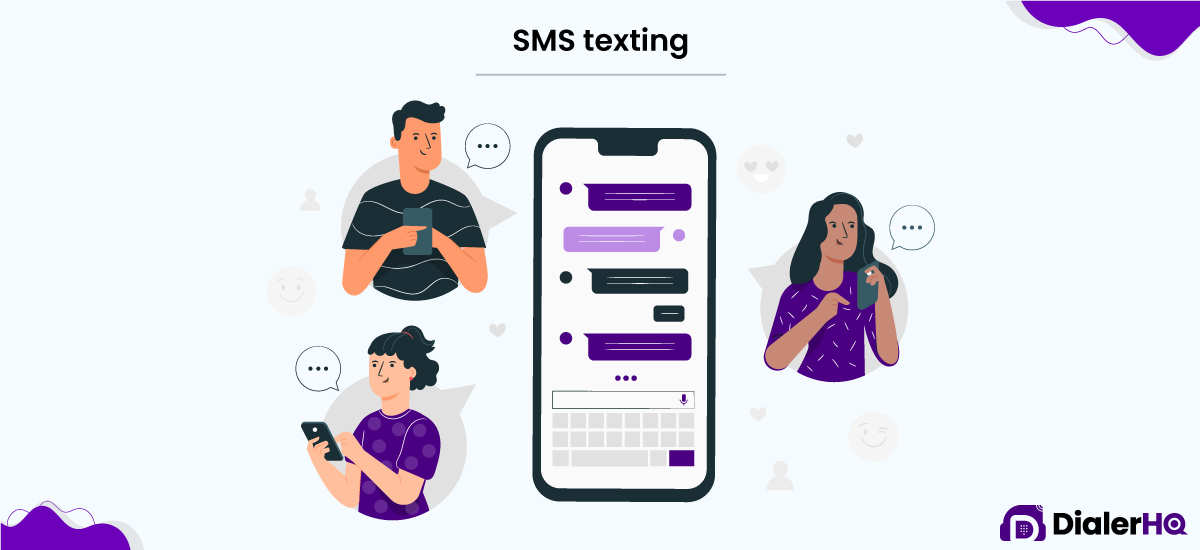
SMS texting, also known as text messaging, provides customers with a convenient way to communicate with the contact center using their mobile devices. Customers can send short text messages to a designated contact center number. Agents can then respond to these messages, providing information, answering queries, or addressing concerns. SMS texting is a popular channel for quick and concise interactions, particularly for simple inquiries or information requests. Additionally, integrating an SMS gateway into your contact center system can streamline and enhance the efficiency of these text-based customer interactions.
3. Email
Email communication allows customers to compose detailed messages and send them to the contact center’s designated email address. Agents can then review these emails and provide responses. Email is suitable for customers who prefer written communication or need to articulate complex inquiries or issues. It allows customers to provide specific details and attach relevant documents or files if needed.
4. Web Chat
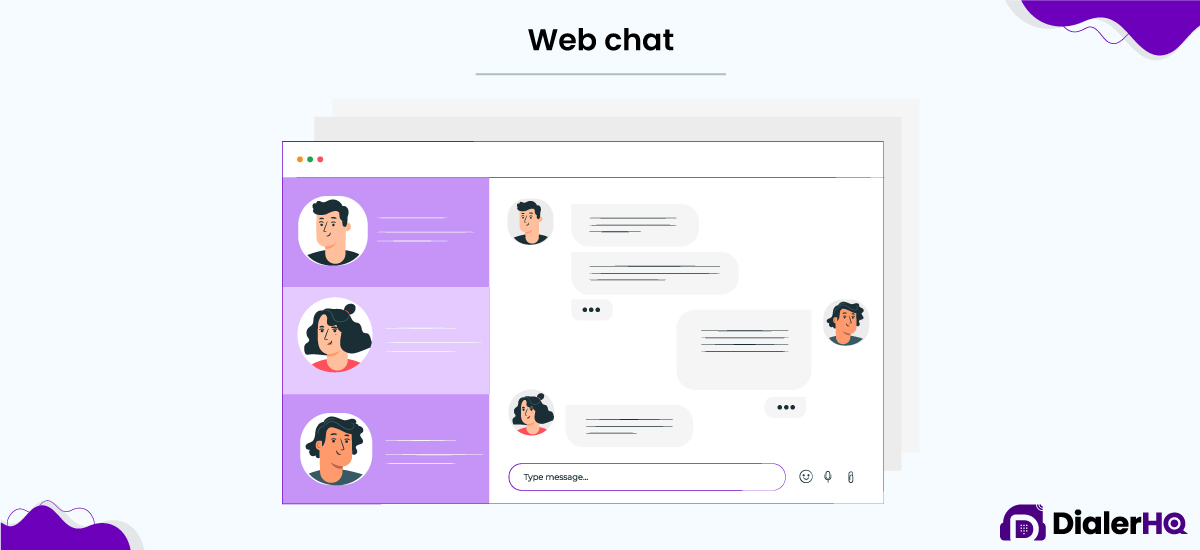
Web chat, or live chat, is an interactive channel that enables real-time text-based conversations between customers and contact center agents. Customers can initiate chat sessions through a website or application, engaging with agents who can respond.
Web chat offers immediate assistance, enabling customers to ask questions, seek support, or resolve issues efficiently. It often includes features such as chatbots, file transfers, and co-browsing to enhance the customer experience.
Social media platforms have become increasingly popular as channels for customer interactions. Customers can engage with companies by posting on their public profiles, sending direct messages, or commenting on posts.
Contact center agents monitor and respond to these interactions, addressing customer inquiries, providing support, or managing feedback. Social media channels offer a familiar environment for customers and enable companies to enhance their brand visibility and reputation through timely and public responses.
6. Video Conferencing
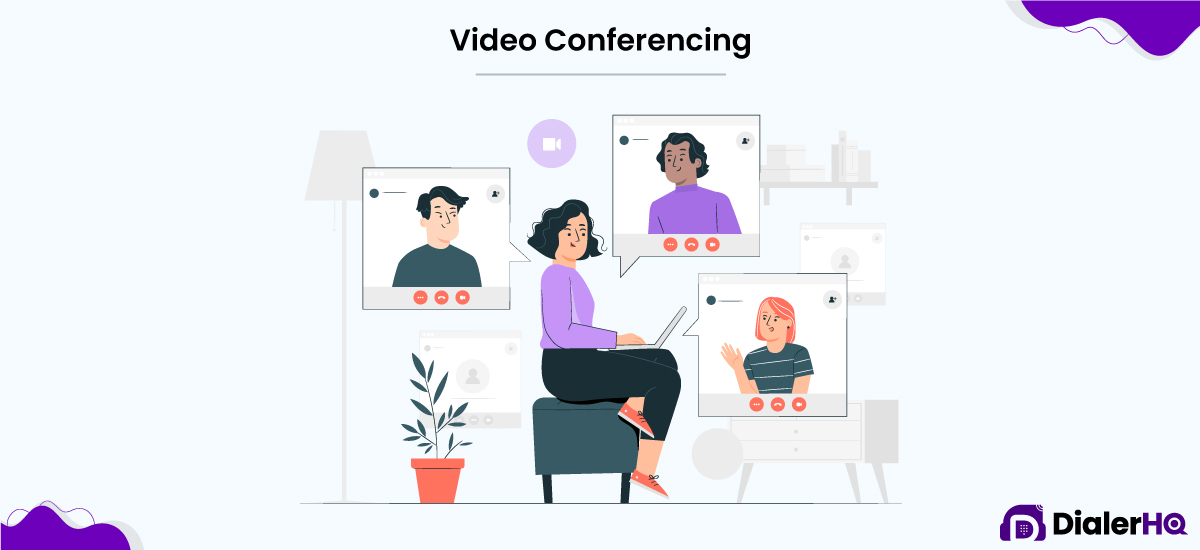
Video conferencing allows customers and contact center agents to engage in face-to-face interactions using platforms such as Zoom, Microsoft Teams, or other video conferencing tools.
This channel provides more personal and visual communication, enabling customers to demonstrate issues visually, receive visual demonstrations or instructions, or engage in complex issue resolution. Video conferencing is particularly useful when visual context or interactive demonstrations are necessary for effective communication.
Best Practices in Setting up a Multichannel Contact Center
Setting up a multichannel contact center requires careful planning and implementation to ensure a seamless customer experience across various communication channels. Here are some best practices to consider when establishing a multichannel contact center:

1. Identify Customer Preferences
Understand your target audience and their preferred communication channels. Conduct customer surveys, analyze customer interactions, and gather feedback to identify the channels they use most frequently and feel comfortable with. This information will guide your channel selection and resource allocation.
2. Channel Integration
Implement channel integration to provide a unified customer experience. Ensure that customer interactions can seamlessly transition between channels without the need for customers to repeat information. Integration can be achieved through customer data synchronization, ticketing systems, and unified agent interfaces that consolidate interactions across channels.
3. Agent Training and Skill Development
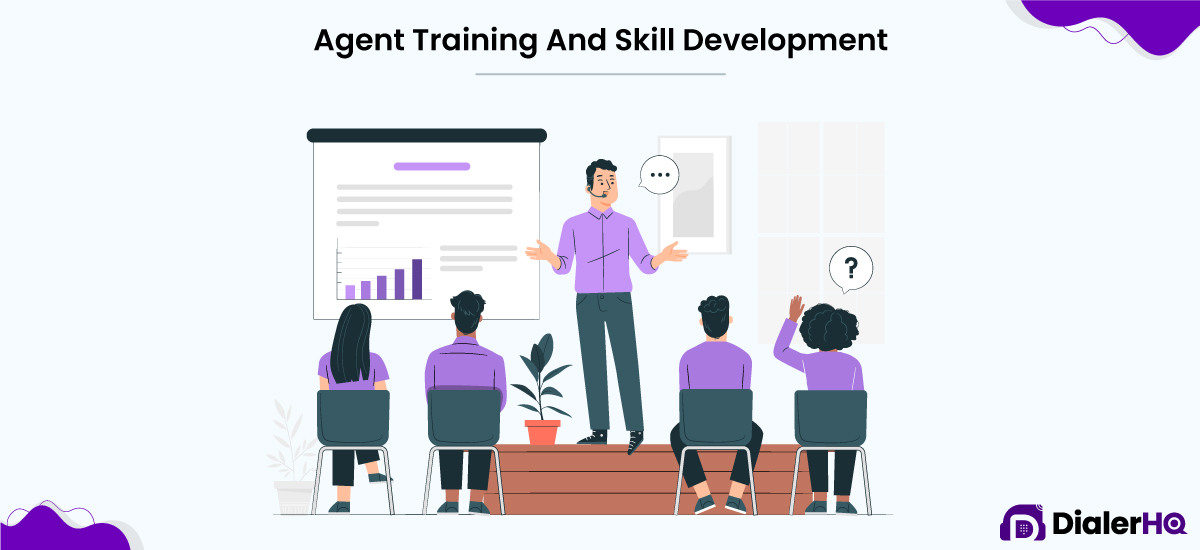
Equip agents with the necessary skills to handle different communication channels effectively. Provide comprehensive training programs focusing on channel-specific best practices, effective written and verbal communication, active listening, and problem-solving skills. Agents should be proficient in each channel’s unique features and etiquette.
4. Technology Infrastructure
Invest in robust and scalable technology infrastructure to support multichannel operations. This includes implementing contact center software, customer relationship management (CRM) systems, ticketing systems, and communication platforms specific to each channel. Ensure the technology supports channel integration, reporting, analytics, and performance monitoring.
Comparison of Top 5 Multichannel Contact Center Software
| Brand Name | Key Features | Pricing | Free Trial |
|---|---|---|---|
| DailerHQ |
|
| 10 Days |
| CallHippo |
|
| 10 Days |
| Nextiva |
|
| 10 Days |
| Dialpad |
|
| 14 Days |
| RingCentral |
|
| 14 Days |
Top 5 Multichannel Contact Center Software
If you’re confused as to which platform is right for you, we have compiled a list of the top 5 multichannel contact center solutions. Check out different options and compare them based on their pros and cons, features, and pricing.
1. DialerHQ

DialerHQ is a multichannel contact center software that provides comprehensive solutions for inbound and outbound customer interactions. It offers a range of features designed to enhance agent productivity, streamline customer interactions, and improve overall contact center performance.
Features
- Inbound and outbound calling
- Call recording
- Call monitoring
- Real-time analytics
- Predictive dialer
- Call queuing
Pros and Cons
- Efficient call management with features like call queuing and routing.
- Seamless CRM integration for personalized customer interactions.
- Real-time analytics to monitor performance and make data-driven decisions.
- Limited channel support beyond voice calls.
- May require additional integrations for certain functionalities.
Pricing
As an enterprise-specific solution, DialerHQ caters exclusively to large teams or organizations. Connect with the DialerHQ sales team at [email protected] for personalized quotes, or start a free trial for first-hand experience.
2. CallHippo

CallHippo is a cloud-based multichannel contact center software for small and medium-sized businesses. It offers features to streamline customer interactions and enhance overall contact center efficiency.
Features
- Virtual phone number
- Voicemail
- Call routing and forwarding
- Interactive voice response
- Real time reporting
- Team collaboration
Pros and Cons
- Virtual phone numbers for establishing a global presence.
- Call routing and forwarding for efficient call management.
- Real-time reporting for monitoring call metrics and agent performance.
- Limited advanced features compared to other tools.
- May require additional integrations for certain functionalities.
Pricing
- Basic plan: $0
- Bronze plan: $16
- Silver plan: $24
- Platinum plan: $40
3. Nextiva
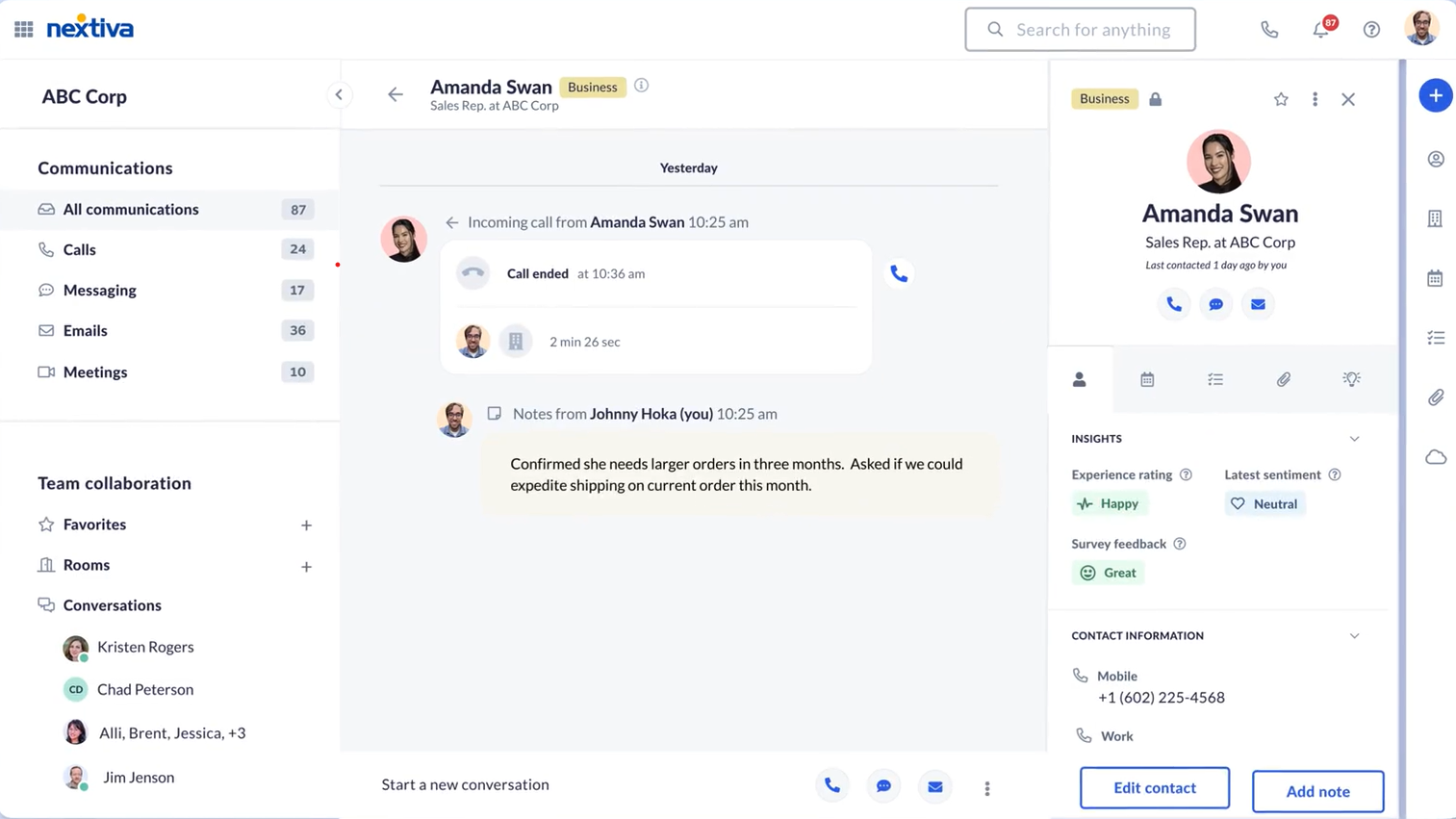
Nextiva is a comprehensive multichannel contact center software that offers a wide range of features to optimize customer interactions. It provides a unified platform for managing multiple communication channels, empowering agents to deliver exceptional customer service.
Features
- Omnichannel support
- Advanced routing
- IVR and self-service
- Workforce optimization
- Quality management
Pros and Cons
- Omni-channel support for a consistent customer experience across multiple channels.
- Advanced routing options to connect customers with the most suitable agents.
- Seamless CRM integration for personalized interactions based on customer data.
- Steeper learning curve for setup and configuration.
- May require additional customization for specific business needs.
Pricing
- Essential: $18.95 per user per month
- Professional: $22.95 per user per month
- Enterprise: $32.95 per user per month
4. Dialpad

Dialpad is a cloud-based multichannel contact center software designed to simplify communication and collaboration for modern businesses. It offers a range of features that enable seamless customer interactions across multiple channels.
Features
- Voice and video messaging
- Intelligent call routing
- Call queuing
- CRM integration
- Call analytics
- Team collaboration
Pros and Cons
- Voice, video, and messaging capabilities for flexible communication.
- Intelligent call routing to efficiently direct calls to the right agents.
- Real-time transcription and insights for monitoring customer sentiment and agent performance.
- Limited reporting and analytics capabilities compared to other platforms.
- Potential complexity in managing multiple communication channels.
Pricing
- Standard: $15 per month per user
- Prod: $25 per month per user
- Enterprise: contact sales.
5. RingCentral
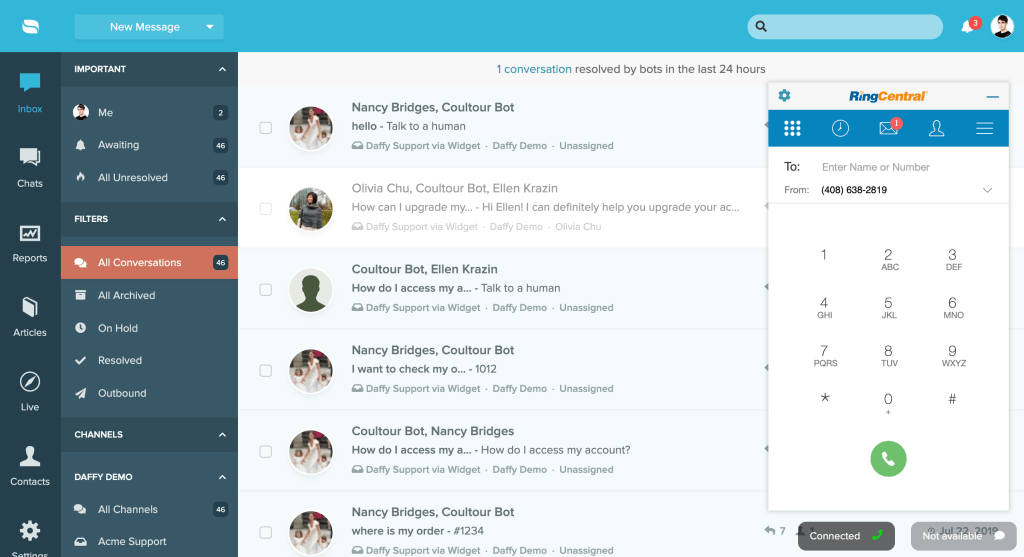
RingCentral is a comprehensive multichannel contact center software that combines voice, video, messaging, and collaboration capabilities into a unified platform. It empowers contact centers to deliver personalized and efficient customer experiences.
Features
- Automatic call distribution
- Omnichannel communication
- Reports and analytics
- Call recording
- Quality management
- Supervisor tools
Pros and Cons
- Comprehensive omni-channel communication for seamless customer interactions.
- Automatic Call Distribution (ACD) for efficient call routing.
- Screen pop and CRM integration for a contextualized customer experience.
- Higher pricing compared to some other tools.
- May require additional training for agents to fully utilize its features.
Pricing
- Core: $20 per user per month
- Advanced: $25 per user per month
- Ultra: $30 per user per month
Final Thoughts
Multichannel contact centers play a crucial role in today’s customer service landscape by offering multiple communication channels for businesses to engage with their customers. These channels, including phone, SMS texting, email, web chat, social media, and video conferencing, provide customers with flexibility and convenience in reaching out to companies.
The advantages of a multichannel contact center include increased accessibility, improved customer satisfaction, and the ability to cater to diverse customer preferences. By offering various communication options, businesses can meet customers on their preferred channels, enhancing the overall customer experience.
However, it is important to carefully evaluate and choose the right multichannel contact center software that aligns with specific business needs. Factors such as channel support, integration capabilities, analytics, and reporting features, and scalability should be considered during the selection process.
FAQs
An example of multichannel customer service is when a customer can interact with a company through various channels such as phone calls, emails, live chat, social media, and SMS/text messaging. The company provides support and assistance across all these channels to ensure a seamless and convenient customer experience.
Whether omnichannel or multichannel is better depends on the specific needs and goals of a business. Omnichannel customer service aims to provide a unified and consistent experience across all channels, ensuring seamless transitions between them.
Multichannel customer service focuses on offering multiple communication channels but may not provide the same level of integration and consistency as omnichannel. The choice between the two approaches depends on the company's resources, technology capabilities, and the preferences and expectations of its customers.
An example of multi-channel communication is when a company engages with customers through various channels simultaneously. For instance, a retail business may have a customer support hotline for phone calls, a dedicated email address for inquiries, a live chat feature on their website, and a social media presence for customer interactions. Customers can choose the channel they prefer to reach out to the company, and the company responds and engages with them across these multiple channels.

Paras Kela is an accomplished IT professional with 7+ years of industry experience, including 4+ years as a dedicated content writer. His expertise lies in crafting informative blogs on VoIP and cloud telephony, among other technical subjects. Outside his professional pursuits, he cherishes quality time with loved ones, indulges in watching documentaries, and finds solace in gardening.
Updated : April 18, 2024

Subscribe to our newsletter & never miss our latest news and promotions.
